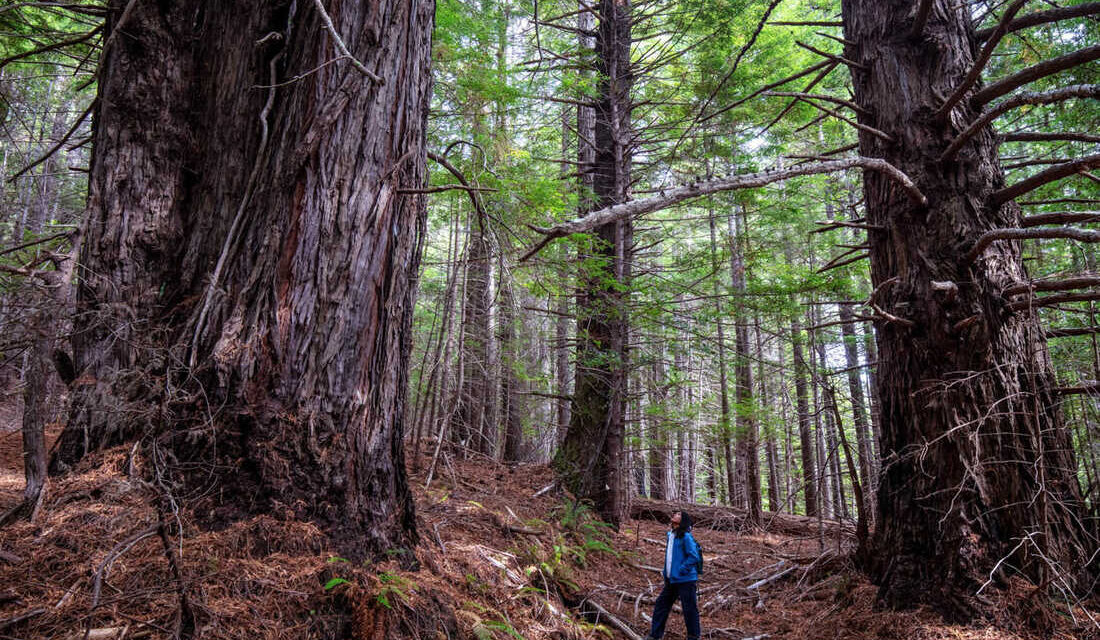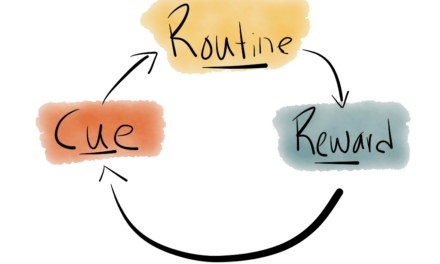Abigail Yarrison ’24, Editor-in-Chief
Source: npr.org
On January 30th, 2022, more than 500 acres of the California Red Wood Forest was donated to the Inter- Tribal Sinkyone Wilderness Council by the Save the Redwoods League. The Sinkyone Council renamed the area Tc’ih-Léh-Dûñ, pronounced tsih-ih-LEY-duhn, which means “Fish Run Place.” This act is one of a few taking place across the United States in response to the Native American call to have their land returned. This Land Back Movement was coined in 2018 by Arnell Tailfeathers, a member of the Blackfoot Confederacy, or Siksika Tribe in Alberta, Canada. The movement has since gained traction through social media with the hashtag #landback.
Land Back is powered by NDN Collective (Native Indian Collective), another group working towards return of native lands to their rightful owners. Both foundations state that Native Americans are not only striving for the return of their lands, but also the return of indigenous power, culture, and language. One of their main objectives is to close Mount Rushmore. On the Land Back Movement website it is written, “Not only does Mount Rushmore sit in the heart of the sacred Black Hills, but it is an international symbol of white supremacy and colonization.” The return of the Black Hills to native hands would represent a turning point in the otherwise continuous history of white supremacy.
When former President Trump visited Mount Rushmore on July 3rd, 2020 and spoke against the vandalization of statues across America, there was outcry from the Native American community led by Nick Tilsen, the President and CEO of NDN Collective. Posters and protests appeared during the lead up to the President’s visit, and on July 3rd Tilsen, along with 21 others, were arrested. During the next eight months, political pressure from grassroots groups, thousands signing petitions, and widespread social media campaigns led to the charges being dropped on March 22nd, 2021. Tilsen and others saw this as a victory for the Land Defenders. “The charges being dropped represent the start of a shift in power that is not only powerful in this moment, but necessary for the future of our movements,” said Krystal Two Bulls, director of the LANDBACK Campaign at NDN Collective, to one reporter.
Other evidence of power shifts in 2020-2021 occurred in the Chippewa National Forest where 11,760 acres of forest service land was given to the Department of Interior to be held in trust for the Leech Lake Band of Ojibwe. In central California, the Esselen Tribe purchased about two square miles of their land back for $4.5 million. In Maine, the Passamaquoddy Tribe raised $355,000 to purchase their ancestral land of Pine Island back. And in Oregon, the Karuk and Yurok Tribes see the removal of dams from the Klamath River as a land back victory. Museums, office buildings, and other structures have also begun officially acknowledging that they were built on ancestral Native American land through statements on websites and signs.
The return of Native American lands to Native American hands has gained support from most of the scientific community as well. Native Americans were once the caretakers of the land, and through their unique environmental protection principles lands were sustainable, diverse, and healthy. Today, excessive fishing and logging, unsustainable agricultural habits, and the high usage of fossil fuels has led to the endangerment of species, climate changes, and loss of habitats. Native Americans hope that by returning the land to their rightful owners not only will there be justice, but they can start bringing the environment and climate back into balance. For example, studies have shown that the native practice of controlled burnings can be helpful in quelling the wildfires in California. Controlled burning in forests, according to Science Daily, clears out the buildup of underbrush which causes “hot uncontrollable fires.”
“Our ancestors are still here, they’re still around us. As I listen to the wind, I feel like my ancestors – who I’ve never even known in my lifetime – are here and happy that we call this place something that they’re familiar with: Tc’ih-Léh-Dûñ,” said Buffie Schmidt, tribal citizen and vice chairperson of the Sherwood Valley Rancheria of Pomo Indians, in a statement. This is the goal of NDN Collective and the Land Back Movement: to reunite tribes with their ancestors and ensure their history and culture is not forgotten.





